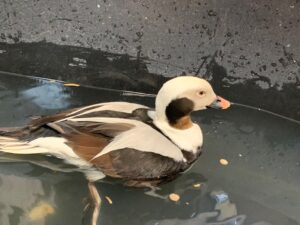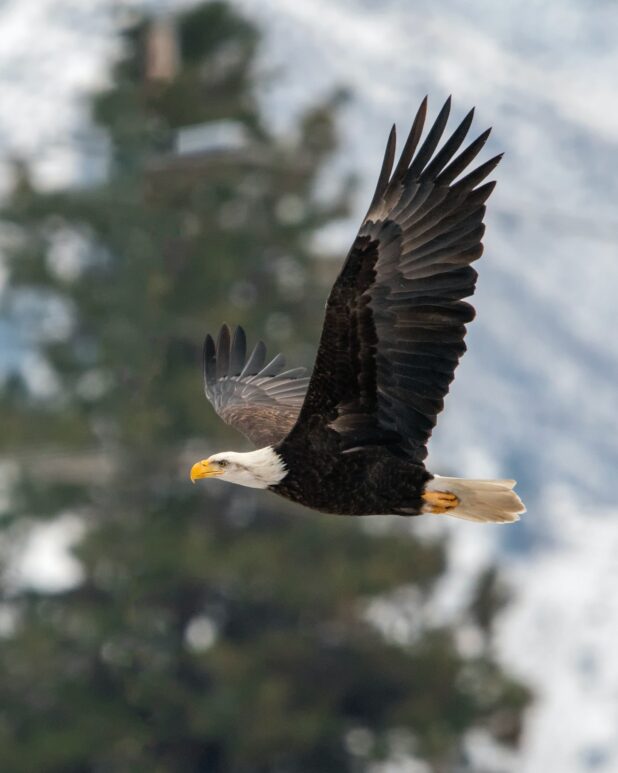With our Philadelpghia Iggles heading to their second Super Bowl in five years and the first under Nick Sirianni and Jalen Hurts, the town is bleeding Eagles green. And if they beat Andy Reid’s Kansas City Chiefs in Arizona on Super Sunday, this town will lose its collective mind, and we’ll all be singing that fight song long into the night.
With everyone into all things Eagles right now, as you plan your party and decide which cheesesteak purveyor to use (Dalessandro’s, c’mon!), this is a great time to do a deep dive into the bird that inspired our team, Swoop’s living model, the bald eagle. For the real bird is as magnificent as the football version.
First, that famous bald head. The eagle’s all-white head, dramatically contrasting with an all-black body, is a striking feature that allows the bird to be easily identified—no other bird that large has a body that black with a head that white. But eagles have to earn their white feathers—it doesn’t come until sexual maturity after the fourth or fifth year. Younger eagles are as large as their parents, but sport brown mottled heads, and are often mistaken for other kinds of hawks.
So the football Eagles got their helmets wrong: the wings should be black, not white. It’s the head that’s white, not the wings, but we can forgive the football team for that transgression.
Eagles live close to bodies of water, as their primary source of food is fish. They fly over a body of water and snag fish with their super-sharp talons, eating it on the shore or up in a tree. They can carry surprisingly heavy loads, including fish at least equal to their own weight. A bald eagle was once spotted flying with a 15-pound fawn, the record for the heaviest verified load ever carried by a bird in flight. Fly, eagle, fly.
But they’re opportunistic feeders as well, feeding on a wide variety of food including carrion, a.k.a. dead things. They’re also kleptoparasites—they steal food from other animals. They’ve been spotted stealing fish from osprey, another kind of fishing hawk, not to mention ducks from peregrine falcons and prairie dogs from hawks living out West.
So far this year, our Eagles have fed on Lions, Bears, Jaguars, and Cardinals. Here’s hoping the feasting continues one more time.
It’s the kleptoparasite part that famously troubled Ben Franklin with our national symbol. “For my own part,” Ben wrote to his daughter in 1784, “I wish the Bald Eagle had not been chosen the Representative of our Country. He is a Bird of bad moral Character. He does not get his Living honestly. You may have seen him perched on some dead Tree near the River, where, too lazy to fish for himself, he watches the Labour of the Fishing Hawk (my note: osprey); and when that diligent Bird has at length taken a Fish, and is bearing it to his Nest for the Support of his Mate and young Ones, the Bald Eagle pursues him and takes it from him.”
That’s one thing we can easily say about Nick Sirianni’s Birds: “bad character” is not their issue. In fact, players like Hurts and Jason Kelce completely personify great players with great character. Not a kleptoparasite in the bunch!
Ben thought the first drawing of the US seal made the eagle look like a turkey, and instead of him lobbying for the turkey as a symbol, as is commonly misunderstood, he just thought it was a better, more noble, bird. But thank God our team is not the Philadelphia Turkeys, though headline writers would have loved that one. Especially after a loss: “Turkeys Lay an Egg,” for example.
Eagles are the world’s largest nest builders. They mate for life, and each year return to the same stick nest built at the top of a mature tree, adding more sticks each year. Their nests, called aeries, can ultimately weigh as much as a whole ton, and measure like eight feet across and four feet deep. Locally, there are many eagle nests, one notably at the John Heinz National Wildlife Refuge at Tinicum, appropriately just a few miles from Lincoln Financial Field. Memo to Jeffrey Lurie: our Linc is not yet the world’s largest stadium. Just saying.
The living bird is a conservation success story, as their population was decimated by the eggshell-thinning pesticide DDT. By the 1960s, when that pesticide was thankfully banned, only 500 pairs nested in the lower 48 and bald eagles were placed on the endangered species list. Today, there are almost 72,000 nesting pairs, a huge jump, so seeing them fly over the Schuylkill, the Delaware, at Hawk Mountain or Cape May Point is not the rarity it once was, and they were removed from the endangered species list a while back. They’ve been seen in the Wissahickon, and flying over my Schuylkill Center. Several times.
Happily for environmentally minded people like me, the Philadelphia Eagles are a conservation success story as well, as owner Jeffrey Lurie has been remarkably committed to the greening, aptly enough, of the organization. In fact, the Eagles are considered the greenest team in the NFL, and some say in all of professional sports. The stadium is fully wind- and solar-powered; they’ve planted hundreds of trees in the last decade as carbon offsets from team travel; they recycle 99.9% of the waste generated on site; have committed to composting their food waste; and more.
With the NFL’s best record, a coach who many say was robbed of Coach of the Year honor, with a QB who should be the MVP, with a high-flying passing game, a triple threat running game and a dominating defense, let’s hope the game ends with green and white confetti raining down on our Eagles in Glendale.
And in the meantime, let’s also toast the eagles, a remarkable animal that happily still soars over the skies of Philadelphia.
Mike Weilbacher is the Executive Director of the Schuylkill Center for Environmental Education in Roxborough and can be reached at mike@schuylkillcenter.org.

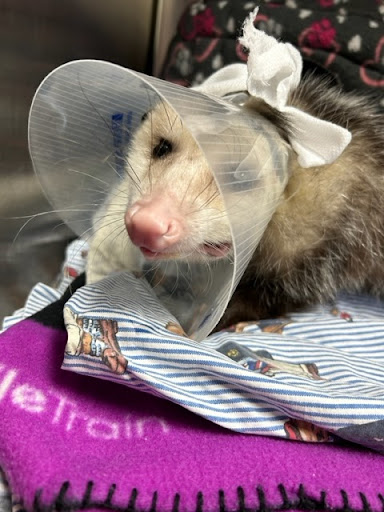
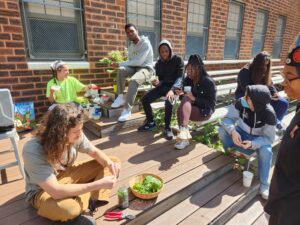
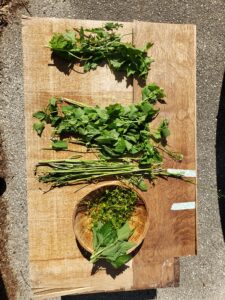
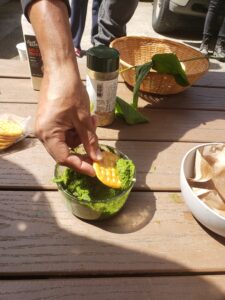
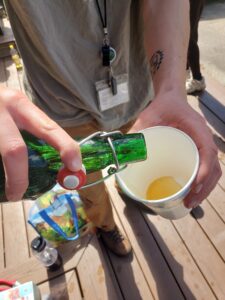
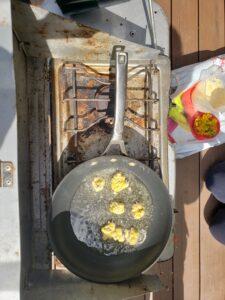
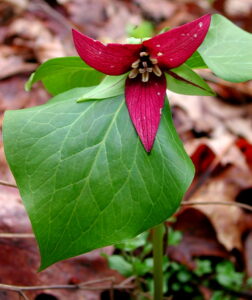
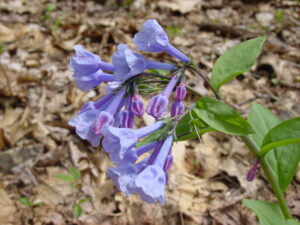
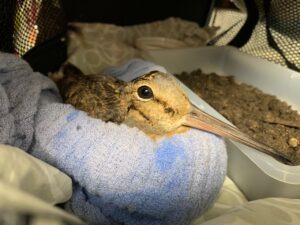
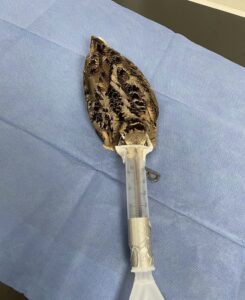
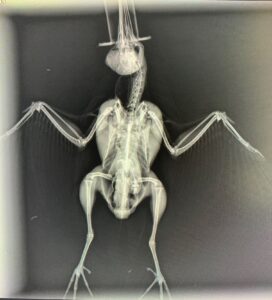
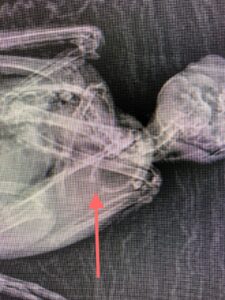
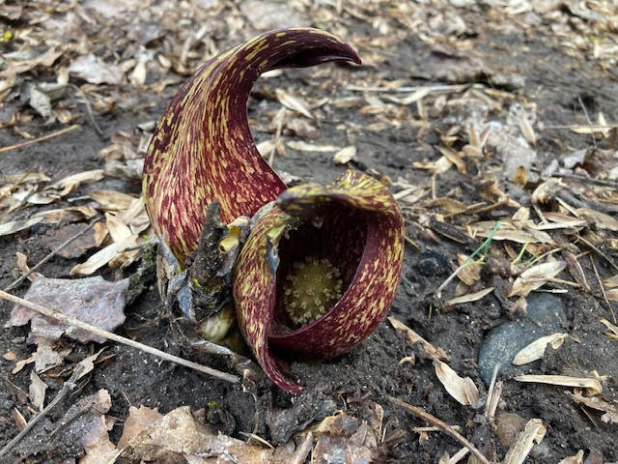
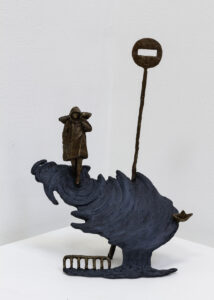
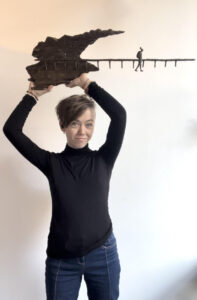
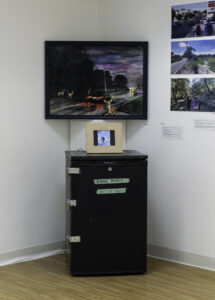
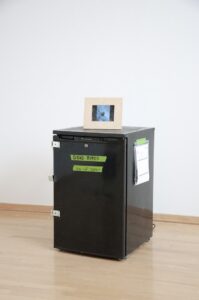
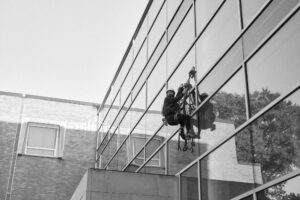
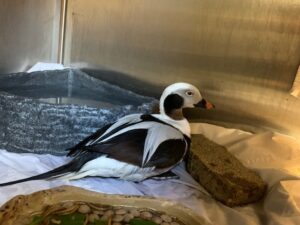
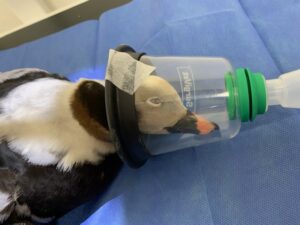
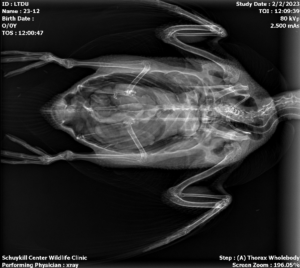 Long-tailed ducks are excellent swimmers and divers and have been recorded at depths of over 150 feet in the ocean. They are typically found in the waters of the Arctic and spend the winter on the open ocean, hunting for small crustaceans and fish, though they also eat aquatic plants. They are a rare sight to see in Pennsylvania, so the question is… what is one doing in Philadelphia?
Long-tailed ducks are excellent swimmers and divers and have been recorded at depths of over 150 feet in the ocean. They are typically found in the waters of the Arctic and spend the winter on the open ocean, hunting for small crustaceans and fish, though they also eat aquatic plants. They are a rare sight to see in Pennsylvania, so the question is… what is one doing in Philadelphia?